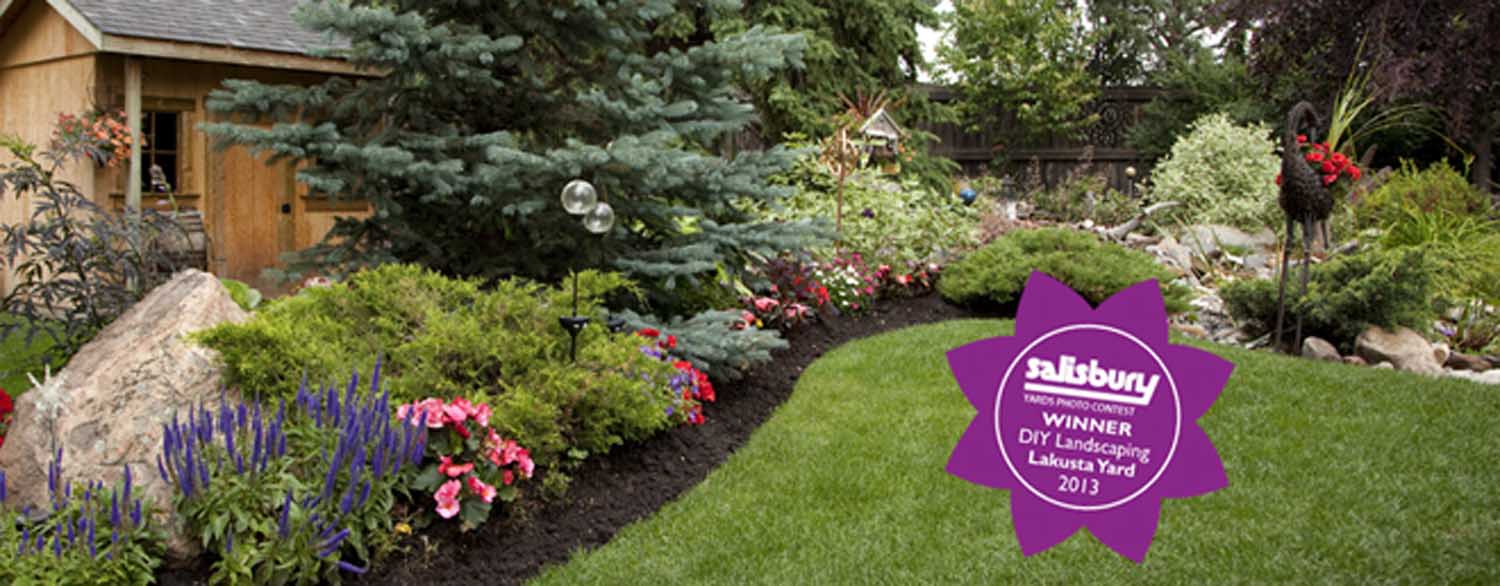Late Summer Garden Care
by Rob Sproule
Replace Tired Plants
Give Existing Annuals some Maintenance
Plant Fresh Vegetables
It’s a sobering fact that, with our short seasons, Alberta gardens tend to peak at the end of July. By late August our annuals, which are bred to spend all their energy in just a few months, are usually looking tired.
The silver lining is that you don’t have to cede your garden to winter just because the summer colour has faded. As the kids head off to school and the mornings get crisp, your garden can still offer a month or more of vibrancy. Despite the fading summer colour, there’s still plenty to be done in the garden. Learn how to take care of plants in summer by checking out our tips for late summer garden care!
Replace Tired Plants:
Your heat loving annuals, like petunias, marigolds, and verbena, will probably look their worst right now. In August, when the swarms of aphids to wing, they will have almost no immune system to protect themselves. In other words, it’s all downhill from here.
This is normal. Summer annuals thrive on warm nights and aren’t bred to perform when they fall well into the single digits. The best way to enjoy fall colour is to tear out your most tired looking annuals and replace them with cool loving, fall bedding plants.
In the late summer annuals are always cheaper than in the spring and you’d be surprised how much a blast of fresh colour will improve the feel of your yard. Pansies, sunflowers, asters, and kale are all late summer/ fall classics.
There are plenty of late blooming perennials available to add some bulk and blooming pizzazz to your containers. Plants like “Autumn Joy” Sedum and Gloriosa daisies (Rudebeckia) are perfect. When late September rolls around you can plant them into the garden to keep them over winter.
Contrary to what most people think, the bets time to plant shrubs and trees is in the early spring or late summer and into the fall, when they’re dormant. The cooler temperatures keep the plant stress free so it can establish itself for winter.
Give Existing Annuals some Maintenance:
If your annuals are bedraggled but you want to give them a second chance, give them a good haircut and some fertilizer. Applying fertilizer can be difficult when plants are waterlogged (too much water leads to yellowish leaves and thin, floppy stems), but it’s necessary.
Fertilizing works best when plants are on the dry side. One of the problems of wet weather is that it keeps the roots so wet that the plant doesn’t take up fertilizer. Without feeding, high-performance annuals get leggy and vulnerable to pests, so they need to be fertilized.
Try dragging your containers under cover and let them dry a bit before pruning and feeding. When they grow back they should give you another round of fresh, firm colour.
Plant Fresh Vegetables:
Just because summer is ending doesn’t mean you have to stop eating fresh veggies. In fact, cool fall days provide the ideal growing conditions for many leafy vegetables. August is the perfect time to seed many varieties of lettuces, spinach, and even peas (which can take a light frost).
Before you plant, check the seed package for how many days it takes to maturation. Aim for veggies with between 30 and 50 days, depending on how late in August it is and how much you like to gamble.
Our average first frost is Sept 23, but it can happen weeks on either side, of course. The advantage of leafy vegetables is that you can pick them as baby greens even before they’re fully sized up. The cool temperatures also infuse edible crops with stronger flavours.
With hungry birds, rascally rabbits, and garden pests well established, consider protecting your sown seeds with a mesh cover or they might not last long.
















